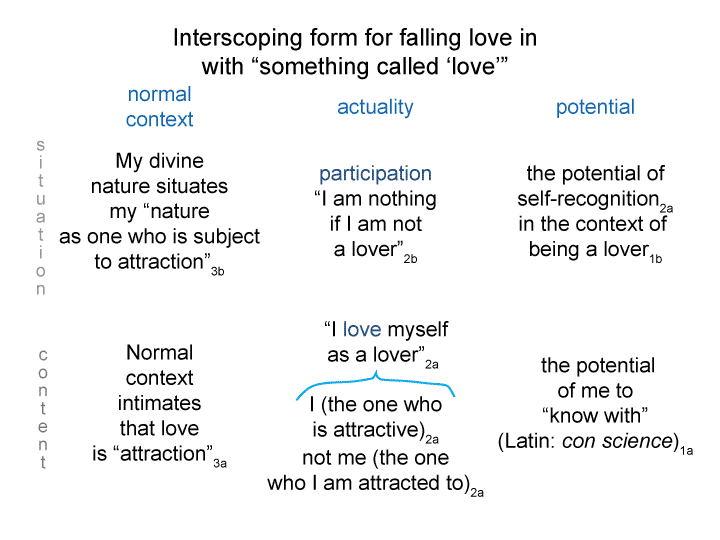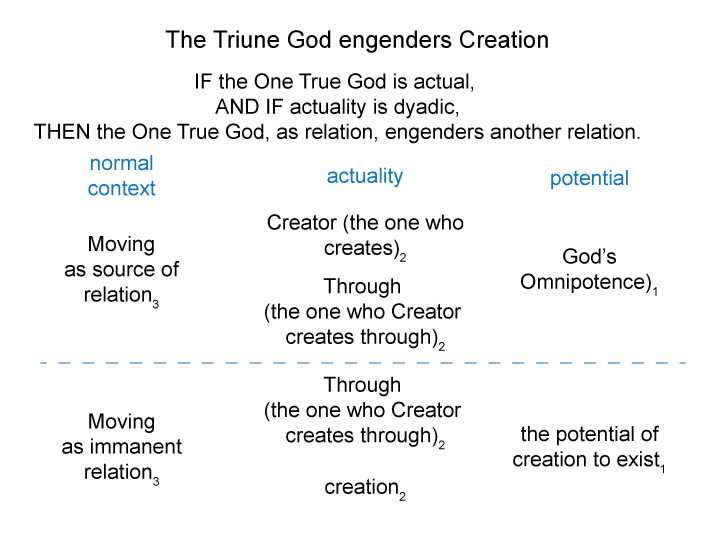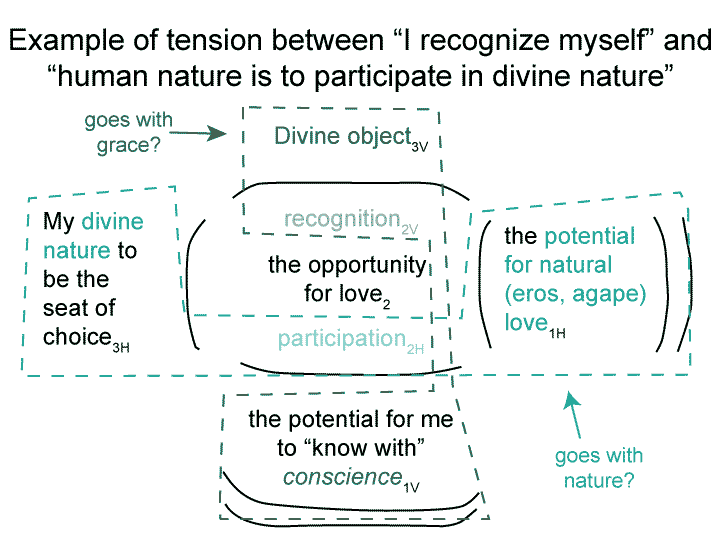Man and Sin by Piet Schoonenberg (1964) 2.2O-1
Summary of text [comment] page 71
[With substitutions, I begin to approach, but do not arrive at, delineating a contrast between ‘grace’ and ‘nature’.
How about this scenario:
Paralleling grace is ‘a state of supernatural and natural love’.
Paralleling self-destruction is ‘a state of not supernatural and not natural love’.]



